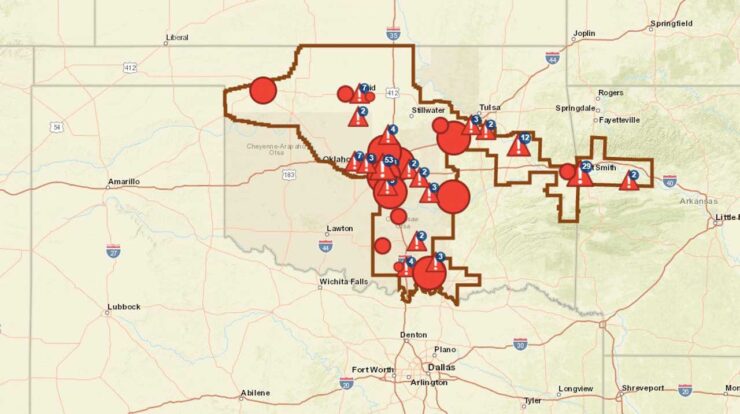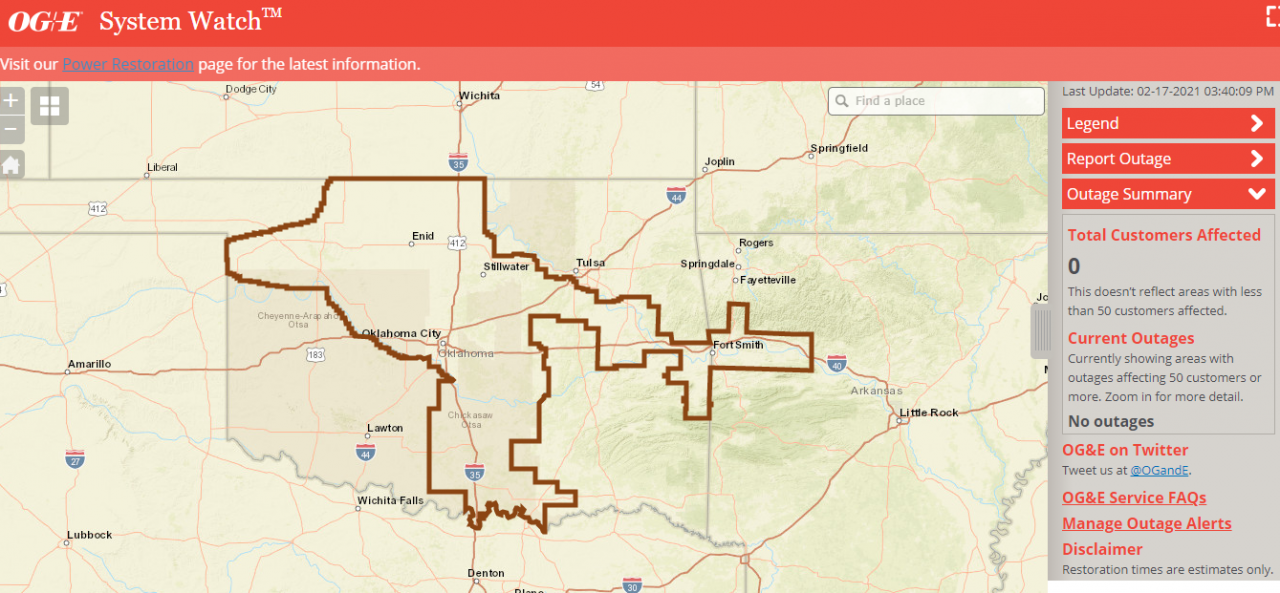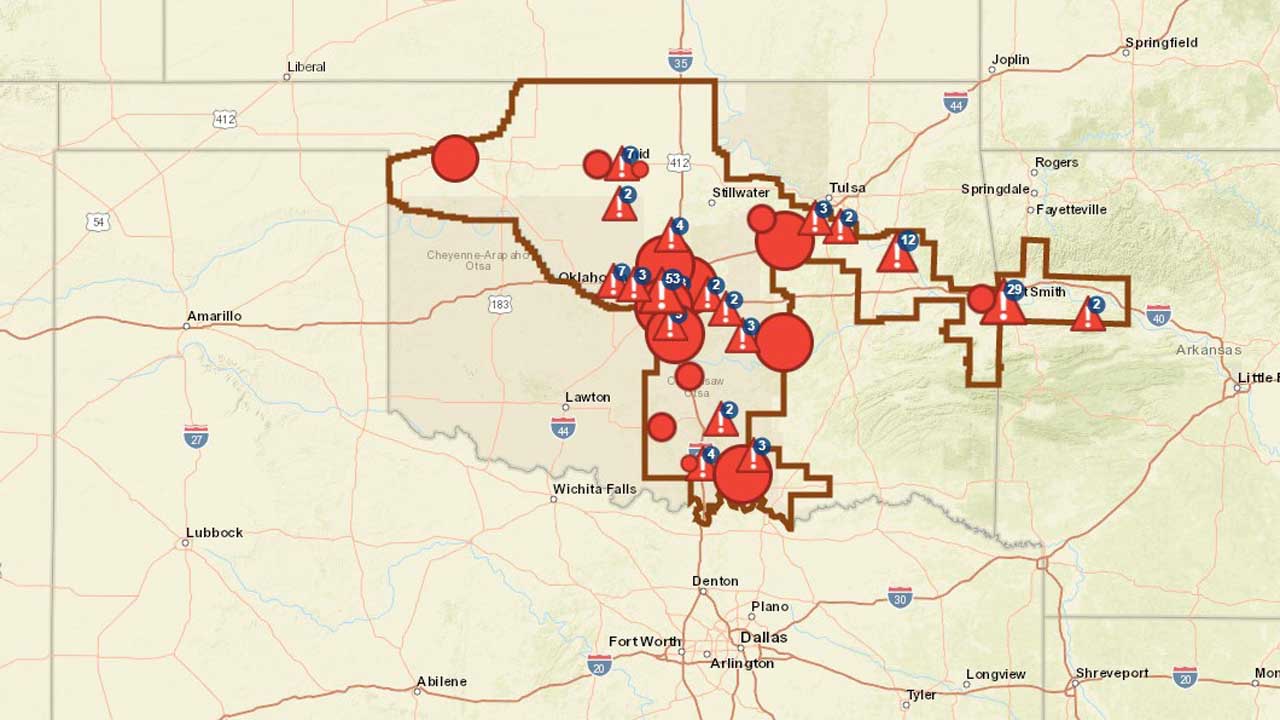
Delve into the world of OGE System Watch, an indispensable tool for monitoring and analyzing system performance. Its comprehensive capabilities provide deep insights into your systems, empowering you to optimize performance and proactively address potential issues.
OGE System Watch seamlessly integrates into your infrastructure, collecting and analyzing critical data to provide a holistic view of system health. With its advanced reporting and customization options, you can tailor the tool to meet your specific needs and gain actionable insights that drive performance improvements.
OGE System Watch Introduction

The OGE System Watch is a powerful tool that provides comprehensive monitoring and analysis of system performance. It enables administrators to quickly identify and resolve issues, ensuring optimal system uptime and performance.
Understanding the difference between a watch and a warning is crucial in emergency preparedness. While both terms indicate a potential hazard, their severity and recommended actions differ. An is watch or warning worse is issued when conditions are favorable for a hazard to develop or occur, but the timing and location are uncertain.
In contrast, a warning means the hazard is imminent or already occurring and immediate action is required to protect life and property.
The OGE System Watch collects data from various sources, including operating systems, applications, and network devices. This data is then analyzed to provide insights into system performance, resource utilization, and potential bottlenecks.
OGE System Watch Components
The OGE System Watch consists of several key components, each playing a specific role in monitoring and analyzing system performance.
- Data Collector:Collects data from various sources and stores it in a central repository.
- Data Processor:Processes the collected data, extracting meaningful insights and metrics.
- Analysis Engine:Analyzes the processed data, identifying trends, patterns, and potential issues.
- Reporting Engine:Generates reports and dashboards, providing administrators with a comprehensive view of system performance.
OGE System Watch Data Collection
The OGE System Watch uses various methods to collect data, including:
- Agent-based Monitoring:Installs agents on monitored systems, collecting data from operating systems, applications, and network devices.
- SNMP Polling:Uses SNMP (Simple Network Management Protocol) to collect data from network devices, such as routers and switches.
- Log File Analysis:Monitors log files, extracting relevant information and metrics.
OGE System Watch Analysis and Reporting
The OGE System Watch analyzes the collected data to identify trends, patterns, and potential issues. It uses sophisticated algorithms and machine learning techniques to detect anomalies and predict potential problems.
The OGE System Watch provides a wide range of reports and dashboards, giving administrators a comprehensive view of system performance. These reports can be customized to meet specific needs and can be scheduled for regular delivery.
OGE System Watch Customization

The OGE System Watch can be customized to meet specific needs. Administrators can:
- Configure Monitoring Parameters:Adjust the frequency of data collection and the specific metrics to be monitored.
- Create Custom Reports:Generate reports tailored to specific requirements, focusing on relevant metrics and insights.
- Integrate with Other Tools:Connect the OGE System Watch with other monitoring and management tools, such as ticketing systems and performance management platforms.
OGE System Watch Best Practices
To use the OGE System Watch effectively, consider the following best practices:
- Identify Critical Metrics:Determine the most important metrics to monitor, based on business objectives and system requirements.
- Set Thresholds and Alerts:Establish thresholds for key metrics and configure alerts to notify administrators when thresholds are exceeded.
- Regularly Review Reports:Schedule regular reviews of reports to identify trends, patterns, and potential issues.
- Use Historical Data:Leverage historical data to identify seasonal variations and predict future performance.
OGE System Watch Case Studies
Numerous organizations have successfully implemented the OGE System Watch to improve system performance. Here are a few examples:
- Company A:Reduced system downtime by 50% by proactively identifying and resolving performance issues before they impacted operations.
- Company B:Improved application performance by 20% by optimizing resource allocation and identifying bottlenecks.
- Company C:Enhanced customer satisfaction by reducing response times and resolving issues more efficiently.
Closing Summary

In conclusion, OGE System Watch is a game-changer for system monitoring and analysis. Its comprehensive capabilities empower you to optimize performance, identify bottlenecks, and proactively mitigate risks. By leveraging its advanced features, you can gain a deeper understanding of your systems and ensure they operate at peak efficiency.
When it comes to oge system watch , understanding the difference between watch and warning is crucial. A watch indicates the possibility of hazardous weather within the next 48 hours, while a warning signifies imminent danger and requires immediate action.
Staying informed about oge system watch in your area is essential for preparedness. For instance, in oge system watch areas, residents should be aware of the potential for severe weather and take necessary precautions. Whether it’s a watch or warning, knowing the severity of the situation and taking appropriate measures can make all the difference in ensuring safety.
General Inquiries
What are the key benefits of using OGE System Watch?
OGE System Watch offers numerous benefits, including improved system performance, reduced downtime, proactive issue identification, enhanced resource utilization, and data-driven decision-making.
How does OGE System Watch collect data?
OGE System Watch employs various methods to collect data, including direct monitoring of system resources, log file analysis, and integration with external data sources.
Can OGE System Watch be customized to meet specific requirements?
Yes, OGE System Watch provides extensive customization options, allowing you to tailor the tool to your unique needs and preferences.





